Shows
 Climate BreakThe Importance of Merging Humans and Nature with Dr. Liz Hadly - California China Climate InstituteFor a transcript, please visit https://climatebreak.org/the-importance-of-merging-humans-and-nature-with-dr-liz-hadly-california-china-climate-institute/
2022-04-0601 min
Climate BreakThe Importance of Merging Humans and Nature with Dr. Liz Hadly - California China Climate InstituteFor a transcript, please visit https://climatebreak.org/the-importance-of-merging-humans-and-nature-with-dr-liz-hadly-california-china-climate-institute/
2022-04-0601 min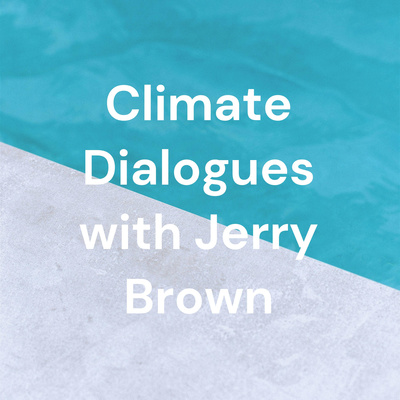 Climate Dialogues with Jerry BrownEpisode Nine: Climate Dialogues with Jerry Brown. Featuring Liz HadlyIn episode nine, Institute chair Jerry Brown speaks with Dr. Liz Hadly, of Stanford’s Department of Biology. Hadley is expert in organismal biology and ecological systems. The pair discuss the scientific consensus on climate change, and climate’s biodiversity implications, including species loss, and the risks climate presents for humans and nature ecosystems alike.2021-09-1635 min
Climate Dialogues with Jerry BrownEpisode Nine: Climate Dialogues with Jerry Brown. Featuring Liz HadlyIn episode nine, Institute chair Jerry Brown speaks with Dr. Liz Hadly, of Stanford’s Department of Biology. Hadley is expert in organismal biology and ecological systems. The pair discuss the scientific consensus on climate change, and climate’s biodiversity implications, including species loss, and the risks climate presents for humans and nature ecosystems alike.2021-09-1635 min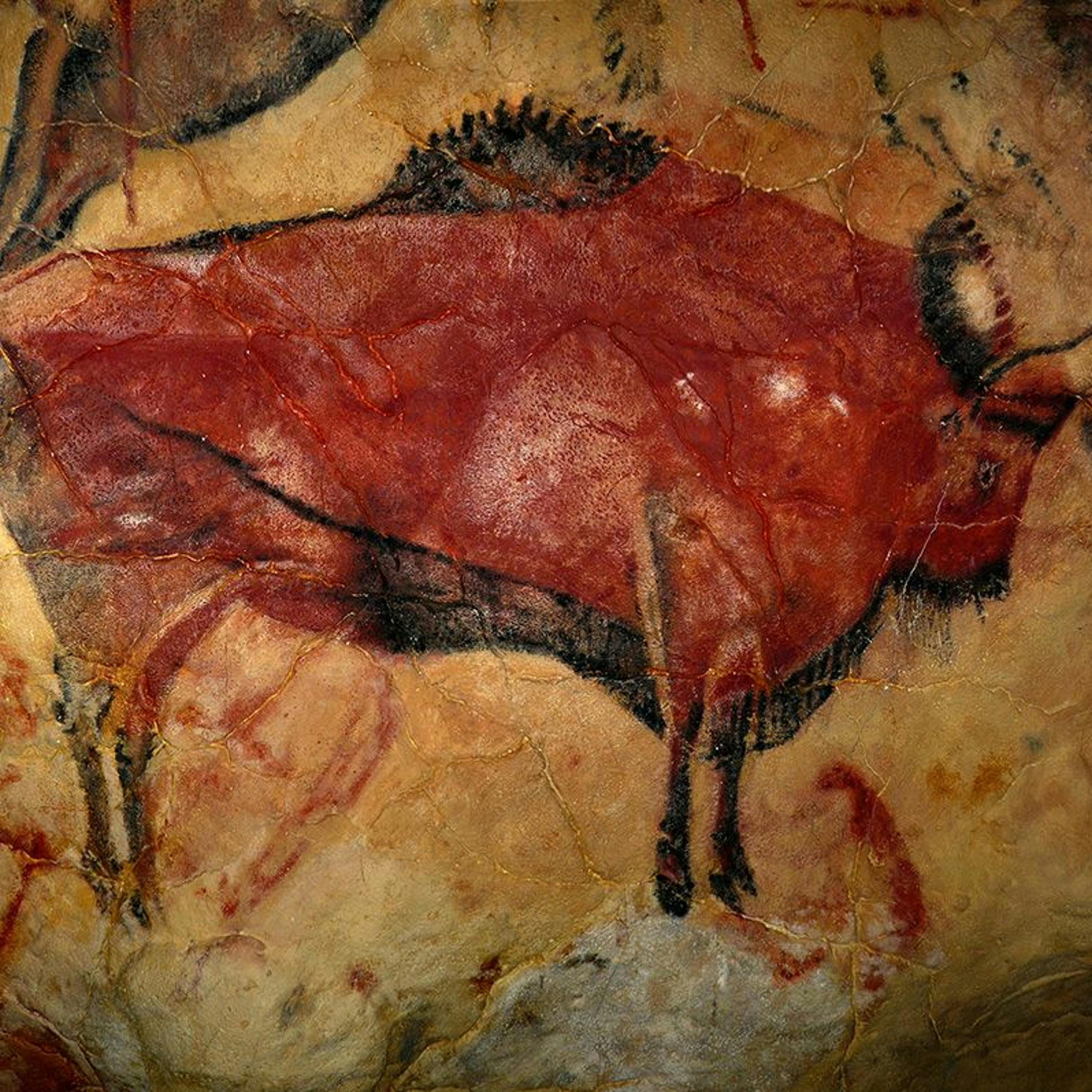 Generation AnthropoceneEarly Humans and MegafaunaThe Anthropocene is characterized by exponential global change driven by human activity. But humans have been impacting the planet since the very earliest days when we first appeared on the evolutionary tree. In fact, one of the longest running debates in paleontology centers on homo sapiens’ role in wiping out North America's enormous land animals, known as megafauna. In this interview with paleontologist Liz Hadly, we talk about what life looked like in the Pleistocene, the pattern of human dispersal around the globe, and new scientific techniques that allow us to understand how ecosystems respond to perturbations, like the arrival of...2016-06-0826 min
Generation AnthropoceneEarly Humans and MegafaunaThe Anthropocene is characterized by exponential global change driven by human activity. But humans have been impacting the planet since the very earliest days when we first appeared on the evolutionary tree. In fact, one of the longest running debates in paleontology centers on homo sapiens’ role in wiping out North America's enormous land animals, known as megafauna. In this interview with paleontologist Liz Hadly, we talk about what life looked like in the Pleistocene, the pattern of human dispersal around the globe, and new scientific techniques that allow us to understand how ecosystems respond to perturbations, like the arrival of...2016-06-0826 min Stream Audiobook in Science & Technology, Magazine & RadioEnd Game: Tipping Point for Planet Earth? by Professor Anthony Barnosky | Free AudiobookListen to full audiobooks for free on :https://hotaudiobook.com/freeTitle: End Game: Tipping Point for Planet Earth?
Author: Professor Anthony Barnosky, Professor Elizabeth Hadly
Narrator: Katharine Mangold, Nick Landrum
Format: Unabridged
Length: 8 hrs and 52 mins
Language: English
Release date: 07-02-15
Publisher: HarperCollins Publishers Limited
Genres: Science & Technology, Environment
Summary:
Overconsumption, population growth, dwindling natural resources, climate change, disease, contamination, storms, thirst, war Will the struggle to simply stay alive become humanity's future rather than its past?
What happens when vast population growth endangers the world's food supplies? Or our water? Our energy needs, climate, or environment? Or the...2015-07-028h 52
Stream Audiobook in Science & Technology, Magazine & RadioEnd Game: Tipping Point for Planet Earth? by Professor Anthony Barnosky | Free AudiobookListen to full audiobooks for free on :https://hotaudiobook.com/freeTitle: End Game: Tipping Point for Planet Earth?
Author: Professor Anthony Barnosky, Professor Elizabeth Hadly
Narrator: Katharine Mangold, Nick Landrum
Format: Unabridged
Length: 8 hrs and 52 mins
Language: English
Release date: 07-02-15
Publisher: HarperCollins Publishers Limited
Genres: Science & Technology, Environment
Summary:
Overconsumption, population growth, dwindling natural resources, climate change, disease, contamination, storms, thirst, war Will the struggle to simply stay alive become humanity's future rather than its past?
What happens when vast population growth endangers the world's food supplies? Or our water? Our energy needs, climate, or environment? Or the...2015-07-028h 52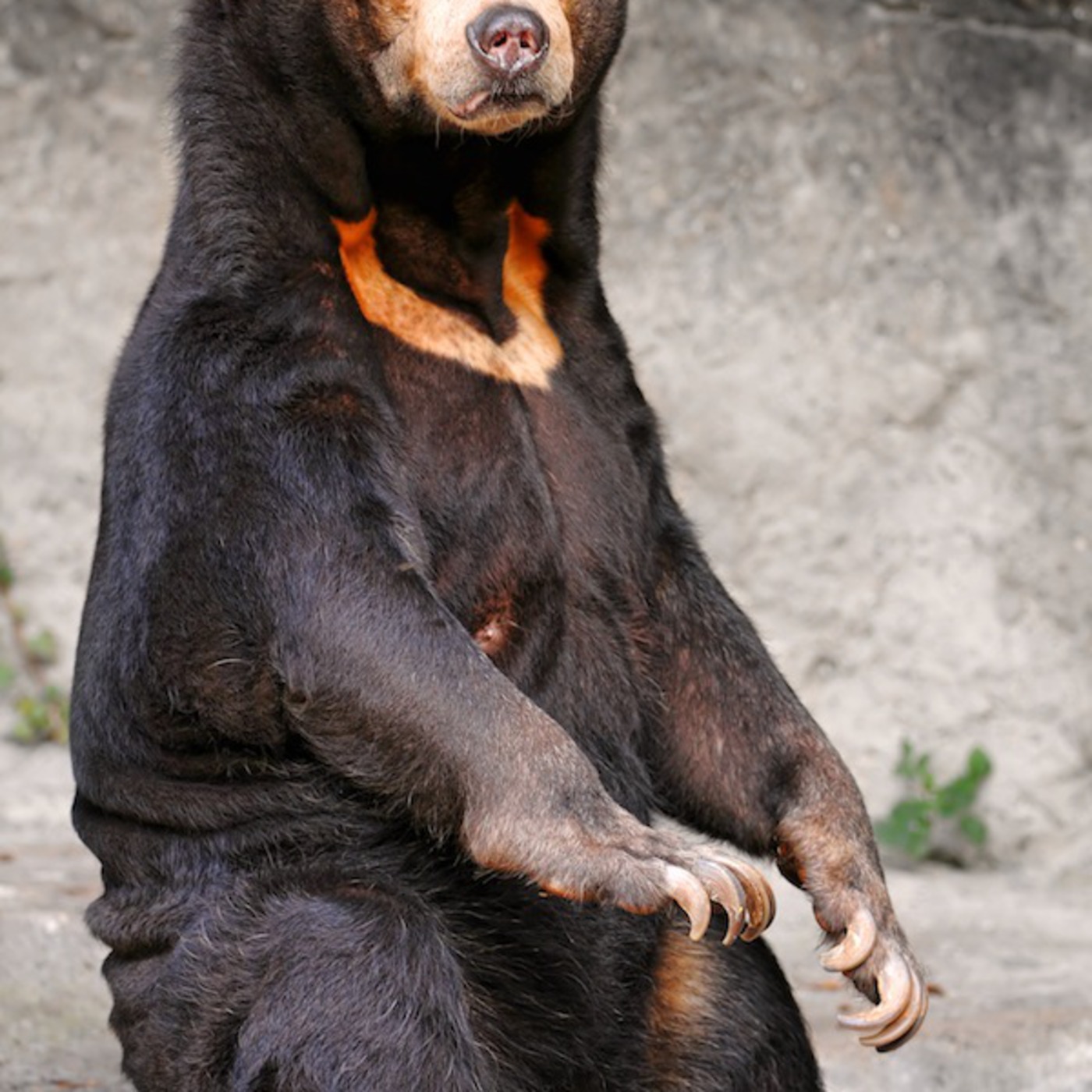 Extinctions in Near Time: Biodiversity Loss Since the PleistoceneIs a Bear Bile Market Necessary? by Isabel CardenasHi everyone, my name is Isabel Cardenas and I’ll be talking about the market for bear bile and what it means to farmed bears, wild bears, and North American bears.
In parts of Asia, drinking bear bile is a traditional remedy to cure intestinal and heart illnesses1. This has created an enormous market for fresh bear bile. Poachers have decimated the populations of Asiatic black and brown bears to satisfy the demand. As a result, bear farms emerged throughout Asia so that profiteers have a constant source. The market for bile has had extensive consequences for bears in farms, wi...2011-12-1603 min
Extinctions in Near Time: Biodiversity Loss Since the PleistoceneIs a Bear Bile Market Necessary? by Isabel CardenasHi everyone, my name is Isabel Cardenas and I’ll be talking about the market for bear bile and what it means to farmed bears, wild bears, and North American bears.
In parts of Asia, drinking bear bile is a traditional remedy to cure intestinal and heart illnesses1. This has created an enormous market for fresh bear bile. Poachers have decimated the populations of Asiatic black and brown bears to satisfy the demand. As a result, bear farms emerged throughout Asia so that profiteers have a constant source. The market for bile has had extensive consequences for bears in farms, wi...2011-12-1603 min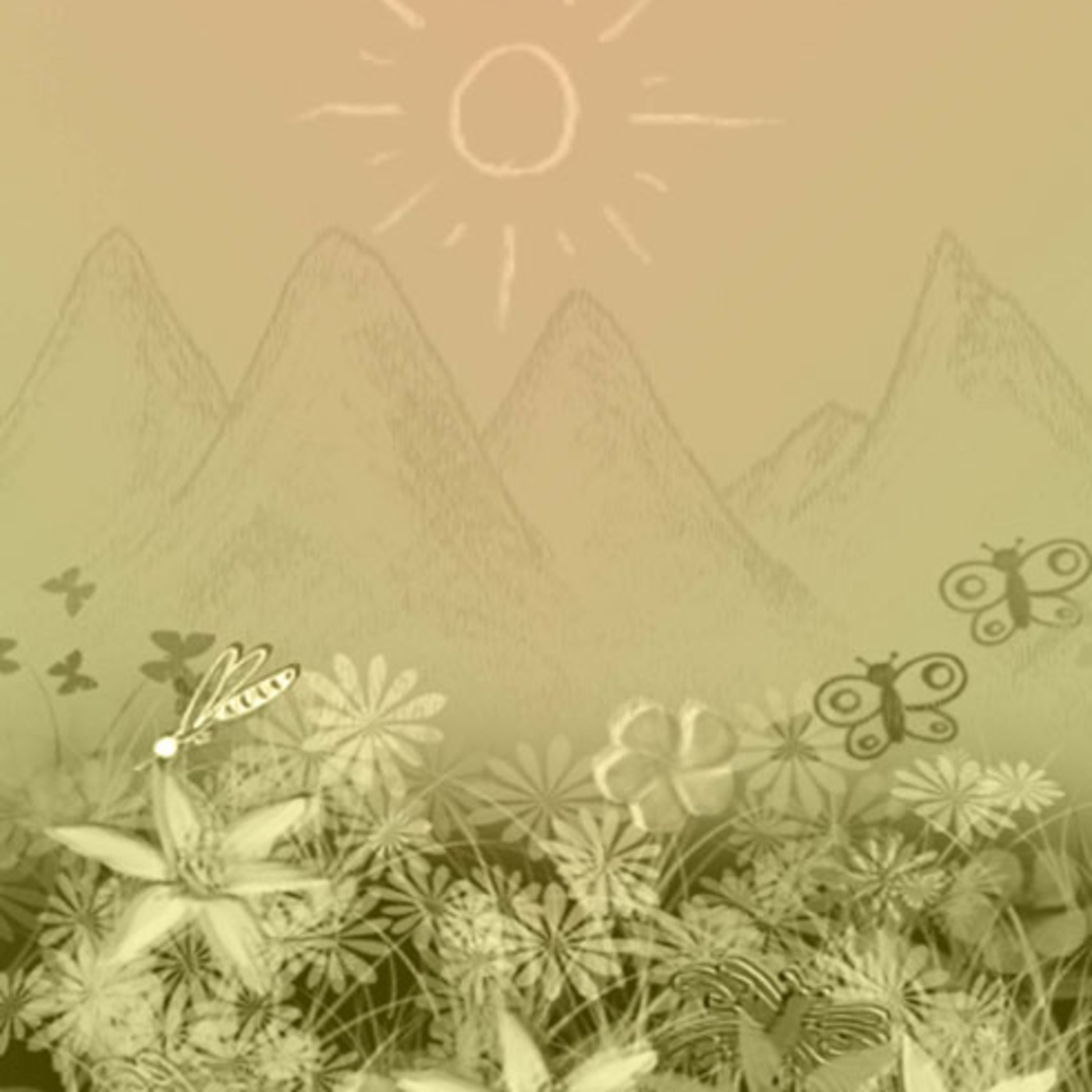 Extinctions in Near Time: Biodiversity Loss Since the PleistoceneUrban Makeover Advice by Yari GreaneyIt seems so innocent. Pretty houses with manicured lawns, several little parks with small grassy fields bordered by metal fences, a few house sparrows hopping around the picnic tables. We’d call it a beautiful town. Unfortunately, this perception of beauty is deadly (Rosenzweig).
Hi. My name is Yari and I’m here to provide some urban makeover tips that will help many different plants and animals. Usually when we think about saving wildlife, we think about rain forests and the wilderness, but lets not forget city wildlife. Of course, some animals – like rats, cockroaches, and pigeons – do great living with us...2011-12-1603 min
Extinctions in Near Time: Biodiversity Loss Since the PleistoceneUrban Makeover Advice by Yari GreaneyIt seems so innocent. Pretty houses with manicured lawns, several little parks with small grassy fields bordered by metal fences, a few house sparrows hopping around the picnic tables. We’d call it a beautiful town. Unfortunately, this perception of beauty is deadly (Rosenzweig).
Hi. My name is Yari and I’m here to provide some urban makeover tips that will help many different plants and animals. Usually when we think about saving wildlife, we think about rain forests and the wilderness, but lets not forget city wildlife. Of course, some animals – like rats, cockroaches, and pigeons – do great living with us...2011-12-1603 min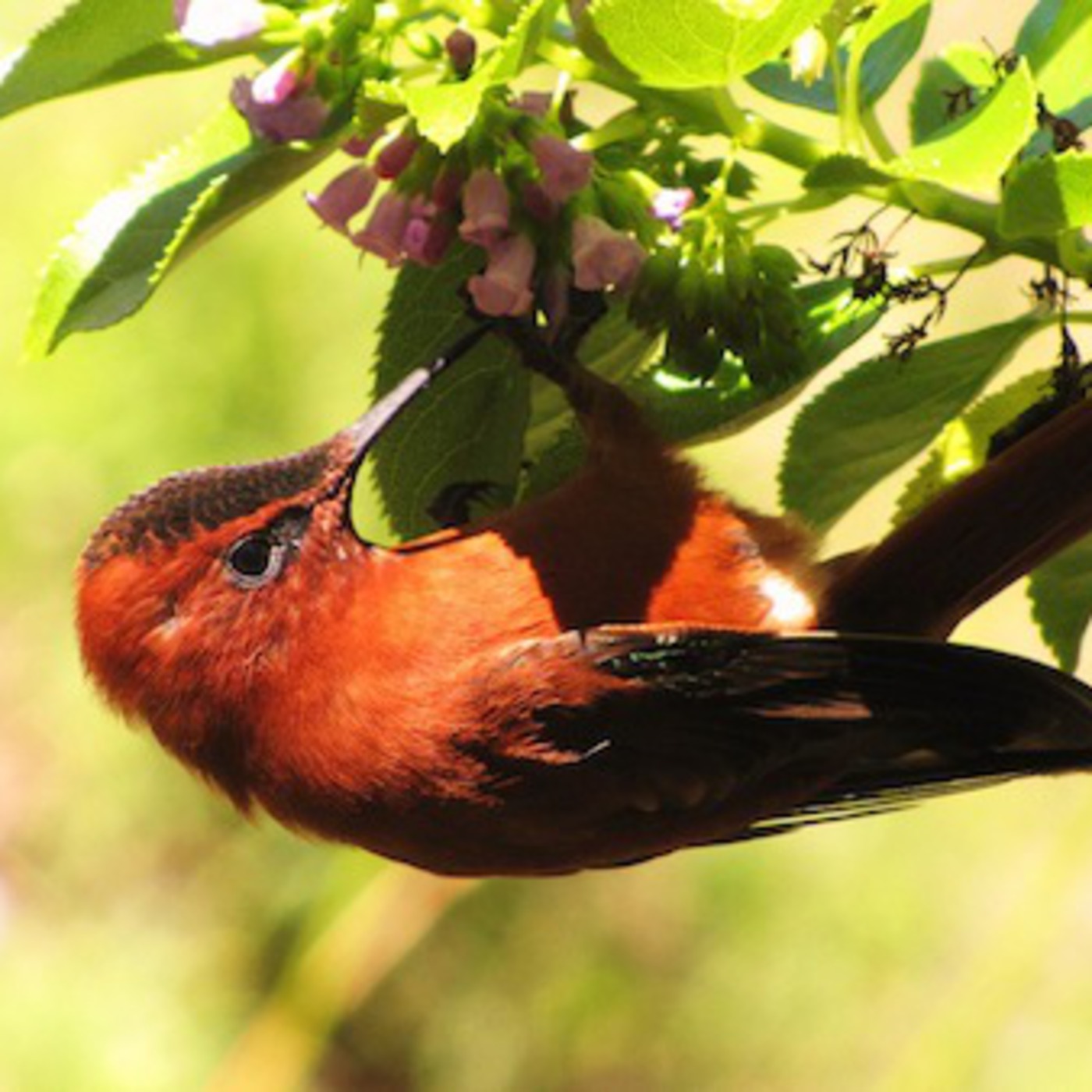 Extinctions in Near Time: Biodiversity Loss Since the PleistoceneJuan Fernandez Island and the Endemic Firecrown Hummingbird by Michael PeñuelasOn an island called Isla Juan Fernandez in the Pacific Ocean there lives a hummingbird that I’ll tell you a bit about today called the Juan Fernandez Firecrown. It is a strikingly beautiful little thing, and it lives only on this one island (Hodum). Today it is threatened for a whole host of reasons, all caused in some way by humans, and exacerbated by the remoteness and size of the island on which it lives.
Isla Juan Fernandez is an island 400 miles off the coast of Chile (Terrestrial Eco…). It has been 400 miles away from the mainland and therefore any...2011-12-1604 min
Extinctions in Near Time: Biodiversity Loss Since the PleistoceneJuan Fernandez Island and the Endemic Firecrown Hummingbird by Michael PeñuelasOn an island called Isla Juan Fernandez in the Pacific Ocean there lives a hummingbird that I’ll tell you a bit about today called the Juan Fernandez Firecrown. It is a strikingly beautiful little thing, and it lives only on this one island (Hodum). Today it is threatened for a whole host of reasons, all caused in some way by humans, and exacerbated by the remoteness and size of the island on which it lives.
Isla Juan Fernandez is an island 400 miles off the coast of Chile (Terrestrial Eco…). It has been 400 miles away from the mainland and therefore any...2011-12-1604 min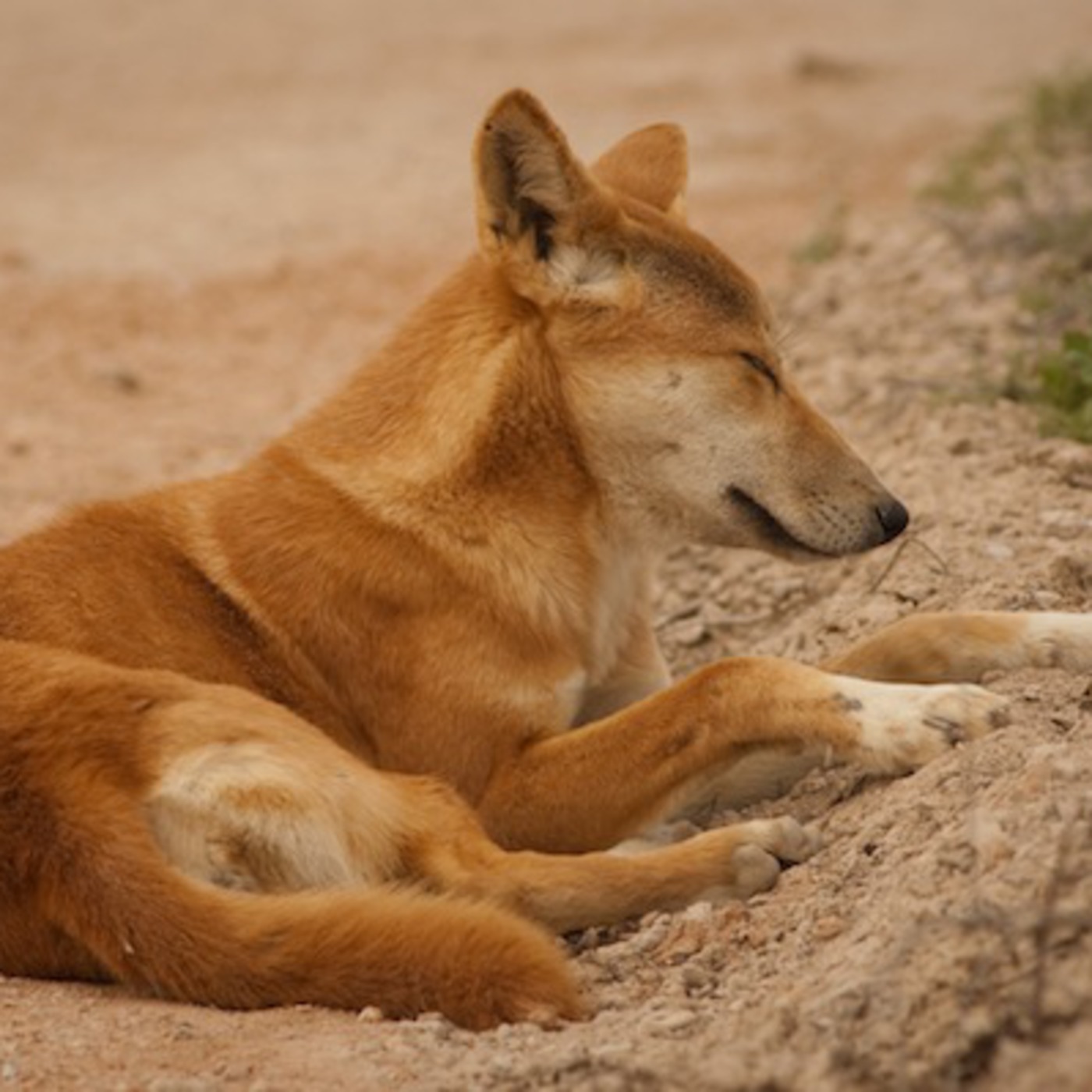 Extinctions in Near Time: Biodiversity Loss Since the PleistoceneWhere did the Dingo go? By Lauren SweetHi I’m Lauren and your listening to “Where did the Dingo Go?”
We often think of Australia as a land hopping with kangaroos, wallabies, bilbies and other fuzzy critters. What most people don’t realize is that, despite this apparent diversity, in the last 2 centuries Australia has seen 19 of its unique mammal species become extinct (Johnson 2006) –that’s about half of all mammal extinctions worldwide in that period (Johnson et al. 2007). And Australia's mammals are still in great danger because of the slow demise of the wily dingo.
About 4000 years ago man brought the dingo to Australia. Since then, the dingo ha...2011-12-1604 min
Extinctions in Near Time: Biodiversity Loss Since the PleistoceneWhere did the Dingo go? By Lauren SweetHi I’m Lauren and your listening to “Where did the Dingo Go?”
We often think of Australia as a land hopping with kangaroos, wallabies, bilbies and other fuzzy critters. What most people don’t realize is that, despite this apparent diversity, in the last 2 centuries Australia has seen 19 of its unique mammal species become extinct (Johnson 2006) –that’s about half of all mammal extinctions worldwide in that period (Johnson et al. 2007). And Australia's mammals are still in great danger because of the slow demise of the wily dingo.
About 4000 years ago man brought the dingo to Australia. Since then, the dingo ha...2011-12-1604 min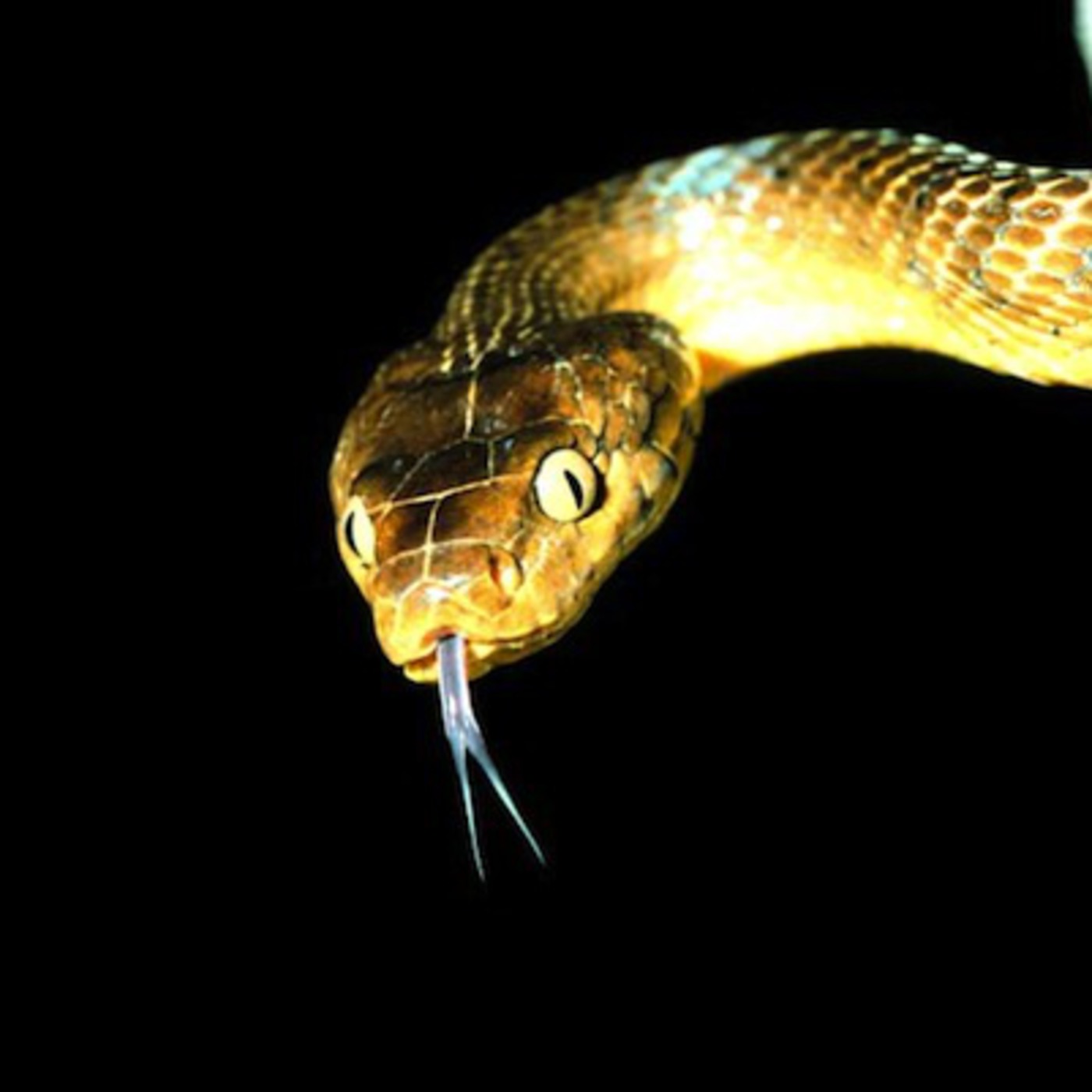 Extinctions in Near Time: Biodiversity Loss Since the PleistoceneThe last female just died: A tale from Guam. By Joseph TopasnaWhy has the Pacific Island of Guam gone from sounding…like this...to a little more like this...
Hello again everyone!
My name is Joseph, and today I’m reporting to you all from the always beautiful Stanford University.
Before we dive in, first a little about me. You see, I was born on the island of Guam 18 years ago. The silence you got a brief glimpse of is extremely concerning for me. Many species of animals on Guam have disappeared forever- that’s the silence. For my generation of Guamanians, this pestilent silence has nowadays become common place. Sixty years...2011-12-1604 min
Extinctions in Near Time: Biodiversity Loss Since the PleistoceneThe last female just died: A tale from Guam. By Joseph TopasnaWhy has the Pacific Island of Guam gone from sounding…like this...to a little more like this...
Hello again everyone!
My name is Joseph, and today I’m reporting to you all from the always beautiful Stanford University.
Before we dive in, first a little about me. You see, I was born on the island of Guam 18 years ago. The silence you got a brief glimpse of is extremely concerning for me. Many species of animals on Guam have disappeared forever- that’s the silence. For my generation of Guamanians, this pestilent silence has nowadays become common place. Sixty years...2011-12-1604 min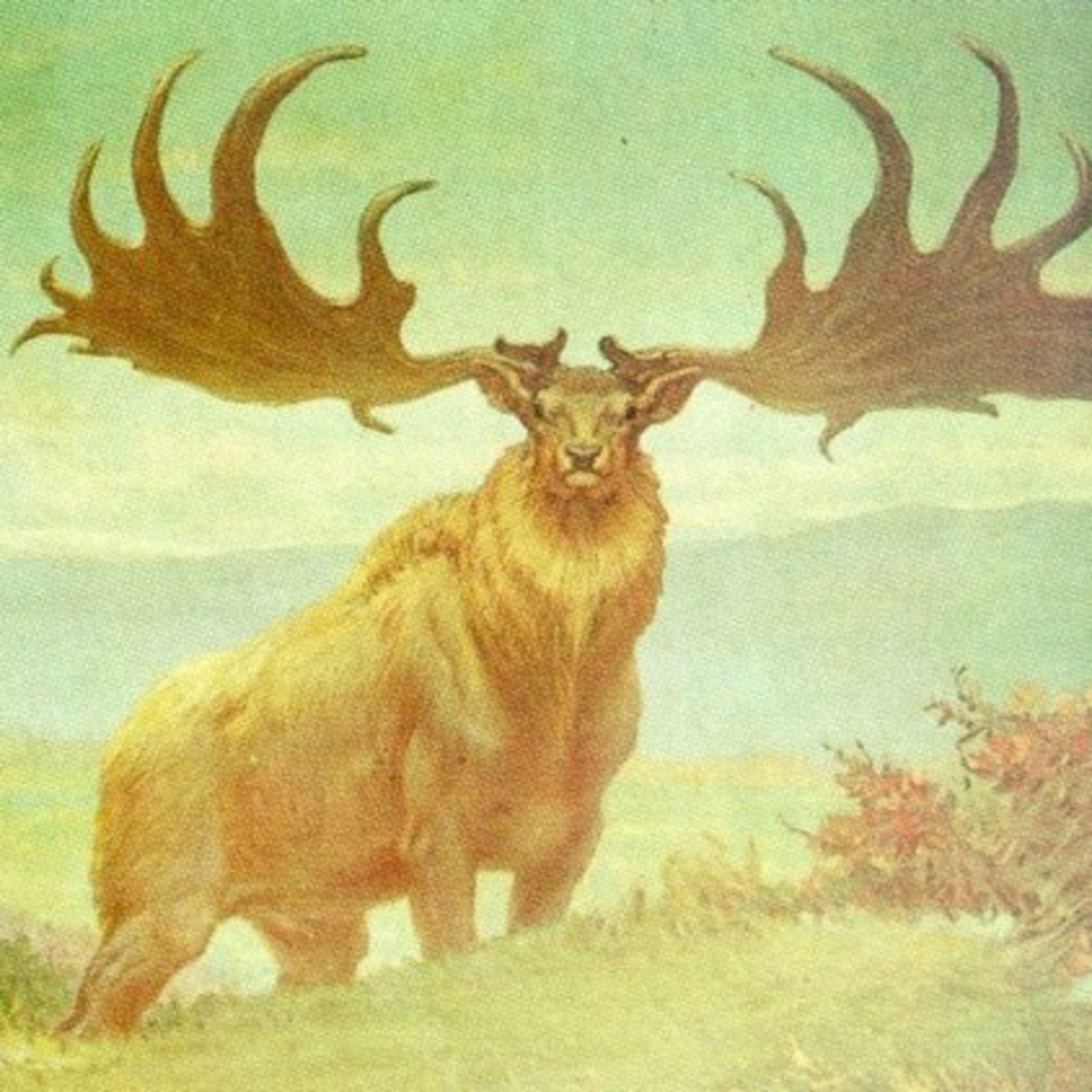 Extinctions in Near Time: Biodiversity Loss Since the PleistoceneMegafaunal Loss by Mark ValentineHello again. Like I said before, I’m Mark Valentine and I’m going to be talking about Megafaunal Extinction and how it affects present and future biodiversity. Before I begin, you probably are going to want to know what exactly Megafauna are. Megafauna are HUGE animals. This would certainly include animals like elephants and giraffes, but also lions, tigers and bears. All these animals, however, are relatively well known and still exist in the world today. What many people don’t know is that there were many incredible Megafauna that existed a few thousand years ago that are now extinc...2011-12-1602 min
Extinctions in Near Time: Biodiversity Loss Since the PleistoceneMegafaunal Loss by Mark ValentineHello again. Like I said before, I’m Mark Valentine and I’m going to be talking about Megafaunal Extinction and how it affects present and future biodiversity. Before I begin, you probably are going to want to know what exactly Megafauna are. Megafauna are HUGE animals. This would certainly include animals like elephants and giraffes, but also lions, tigers and bears. All these animals, however, are relatively well known and still exist in the world today. What many people don’t know is that there were many incredible Megafauna that existed a few thousand years ago that are now extinc...2011-12-1602 min Extinctions in Near Time: Biodiversity Loss Since the PleistoceneAre Worms Worthy of Conserving? by Jack WernerMe: In the last episode, we talked about efforts to save charismatic animals from extinction. In this episode, we ask a very different question: is it ever ok to MAKE an animal go extinct?
Not me: Of course not. It's immoral to just wipe a living creature off the face of the earth.
Me: Well, let me tell you about an animal I - and the U.N. - think should be made extinct: the guinea worm.
Guinea worms are these tiny little worms found in Asia and Africa.
Not me: Nothing wrong with worms.
Me: This worm is a...2011-12-1603 min
Extinctions in Near Time: Biodiversity Loss Since the PleistoceneAre Worms Worthy of Conserving? by Jack WernerMe: In the last episode, we talked about efforts to save charismatic animals from extinction. In this episode, we ask a very different question: is it ever ok to MAKE an animal go extinct?
Not me: Of course not. It's immoral to just wipe a living creature off the face of the earth.
Me: Well, let me tell you about an animal I - and the U.N. - think should be made extinct: the guinea worm.
Guinea worms are these tiny little worms found in Asia and Africa.
Not me: Nothing wrong with worms.
Me: This worm is a...2011-12-1603 min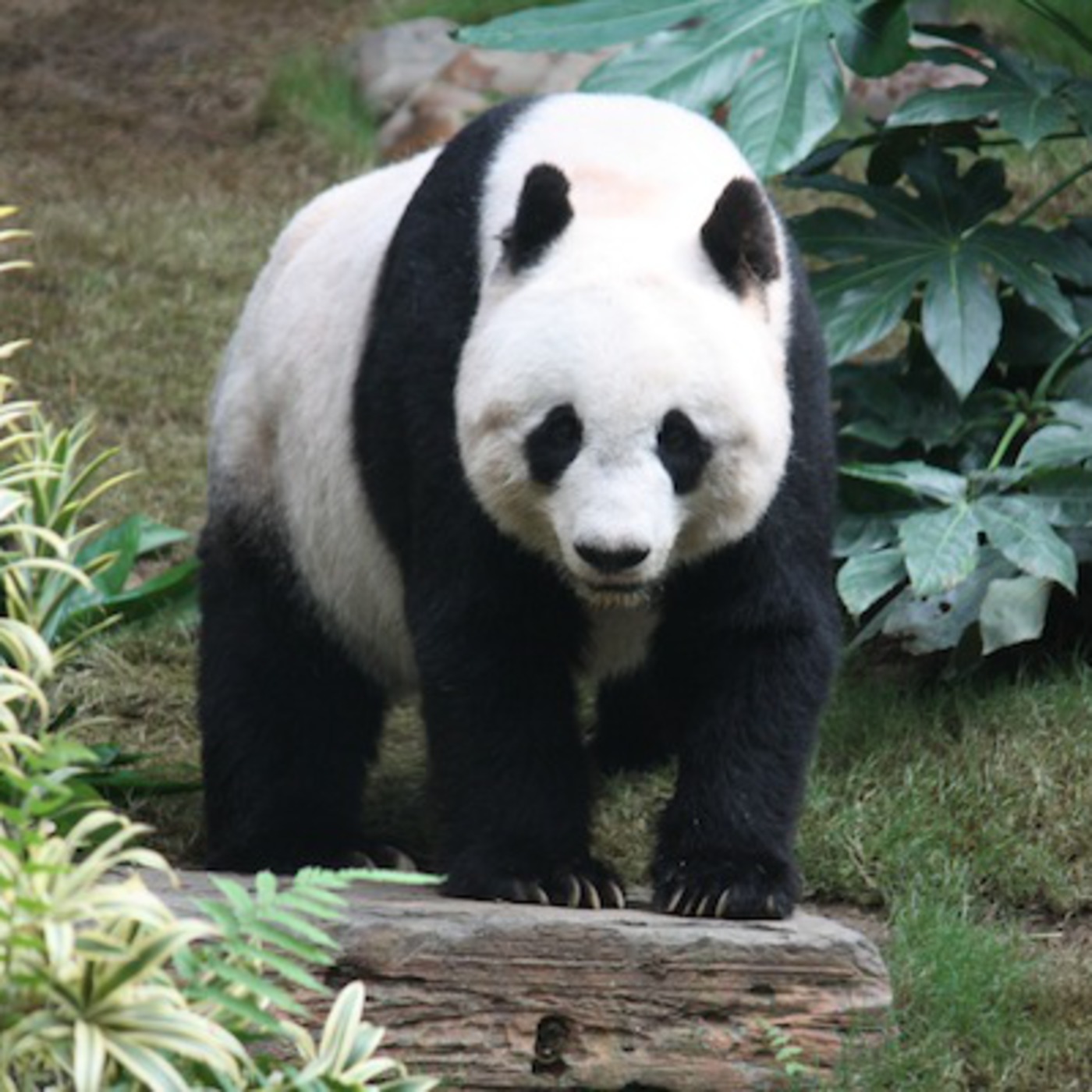 Extinctions in Near Time: Biodiversity Loss Since the PleistoceneAnimal magnetism and conservation by Jack WernerMe:
Some call it cuteness, some call it charisma, some even call it animal magnetism: Hi, I’m Jack Werner, and today I’ll be talking about why we try so much harder to conserve likeable species and what this means for endangered animals everywhere.
With me is my good friend, Not me.
Not me:
Hello there
Me:
Let’s get to it. From China’s giant pandas to the elephants of the African savanna to America’s iconic bald eagles, there are some animals that just captivate us.
In fact, a study estimated that 54% of all wildlife funding in the United...2011-12-1604 min
Extinctions in Near Time: Biodiversity Loss Since the PleistoceneAnimal magnetism and conservation by Jack WernerMe:
Some call it cuteness, some call it charisma, some even call it animal magnetism: Hi, I’m Jack Werner, and today I’ll be talking about why we try so much harder to conserve likeable species and what this means for endangered animals everywhere.
With me is my good friend, Not me.
Not me:
Hello there
Me:
Let’s get to it. From China’s giant pandas to the elephants of the African savanna to America’s iconic bald eagles, there are some animals that just captivate us.
In fact, a study estimated that 54% of all wildlife funding in the United...2011-12-1604 min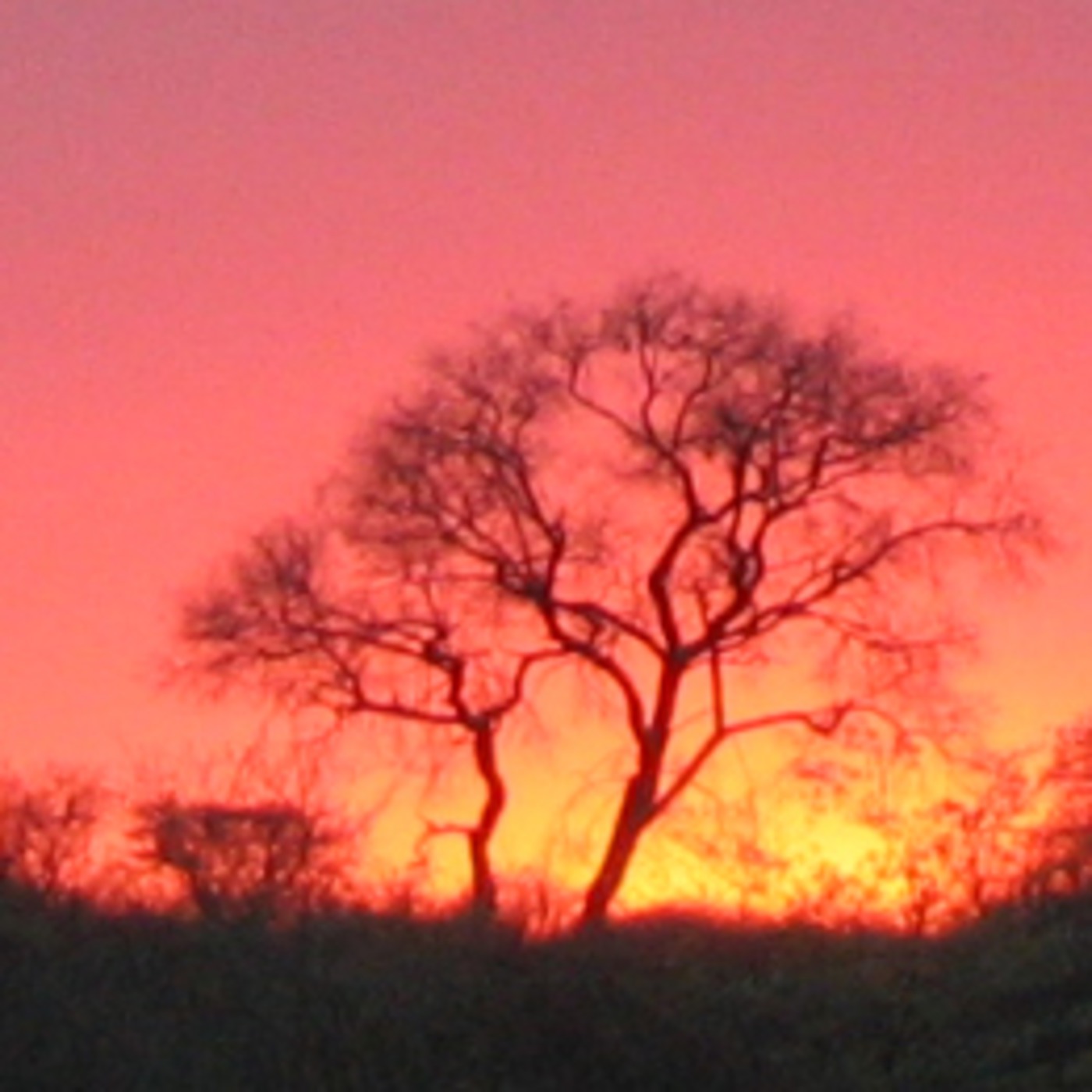 Extinctions in Near Time: Biodiversity Loss Since the PleistoceneContentsShort intros for each episode
Photo: Creative Commons: Matt-802011-12-1602 min
Extinctions in Near Time: Biodiversity Loss Since the PleistoceneContentsShort intros for each episode
Photo: Creative Commons: Matt-802011-12-1602 min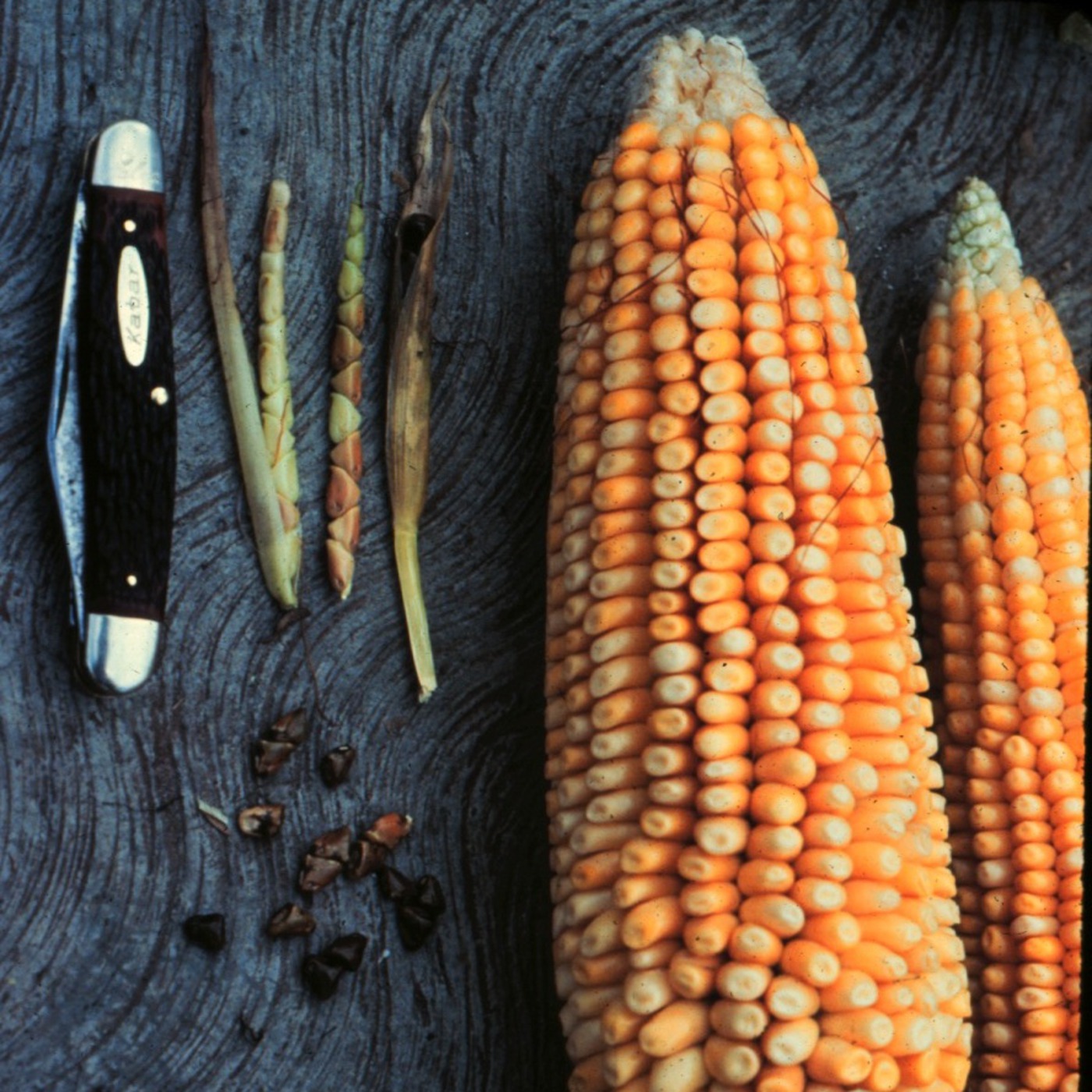 Extinctions in Near Time: Biodiversity Loss Since the PleistoceneCrop's Wild Relatives: Maize and Teosinte by Dylan SweetwoodThe Relationship Between Maize and Teosinte
Dylan Sweetwood
You probably already know that maize, or corn, is one of the most culturally and commercially important crops in the world, with hundreds of applications in areas from agriculture to energy. But what you may not know is that teosinte, one of corn’s closest genetic relatives, is currently under threat of extinction. Then again, so are a lot of other plants—why is teosinte worth worrying about? My name is Dylan Sweetwood, and I’m going to talk about the relationship between maize and teosinte and why this relationship is important to pre...2011-12-1503 min
Extinctions in Near Time: Biodiversity Loss Since the PleistoceneCrop's Wild Relatives: Maize and Teosinte by Dylan SweetwoodThe Relationship Between Maize and Teosinte
Dylan Sweetwood
You probably already know that maize, or corn, is one of the most culturally and commercially important crops in the world, with hundreds of applications in areas from agriculture to energy. But what you may not know is that teosinte, one of corn’s closest genetic relatives, is currently under threat of extinction. Then again, so are a lot of other plants—why is teosinte worth worrying about? My name is Dylan Sweetwood, and I’m going to talk about the relationship between maize and teosinte and why this relationship is important to pre...2011-12-1503 min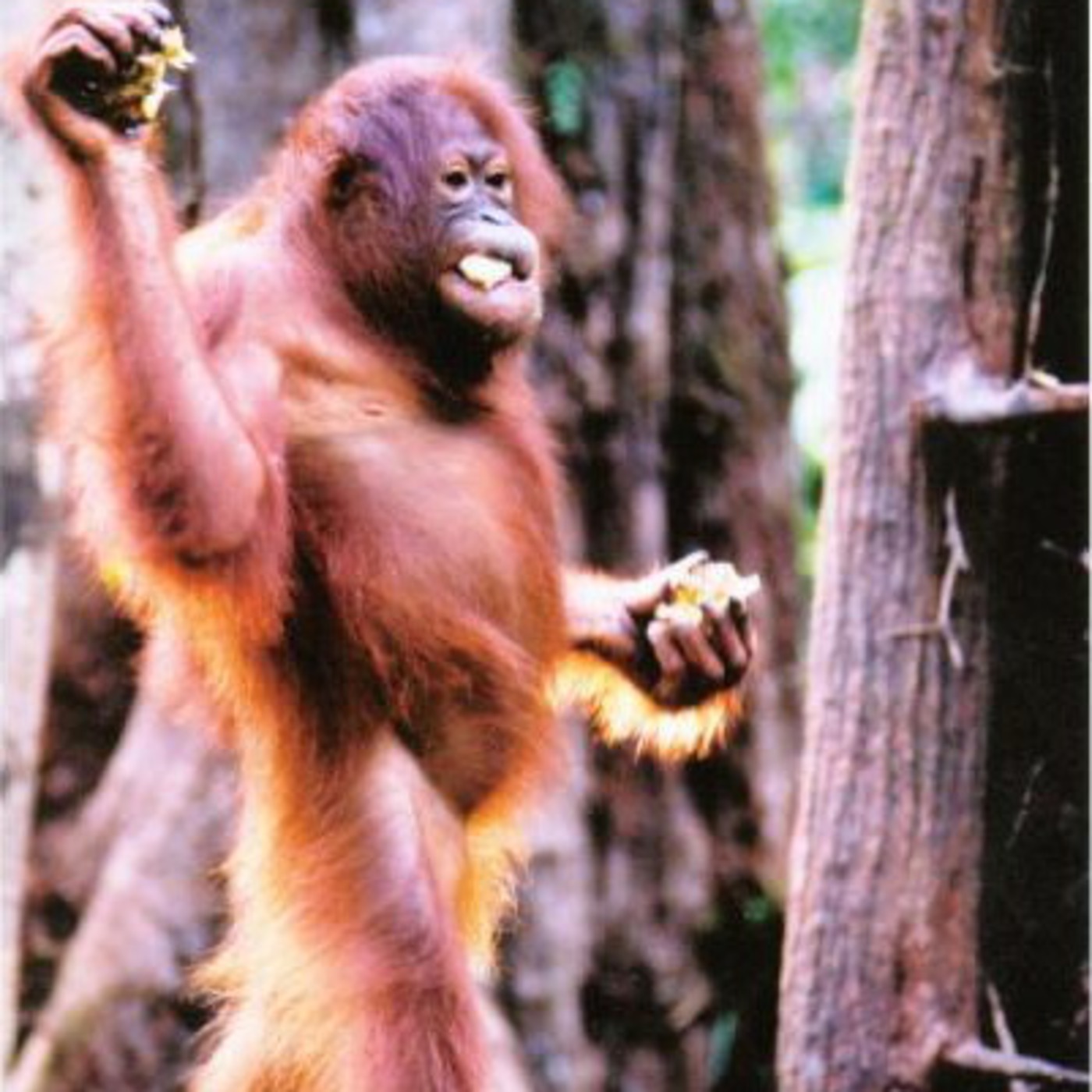 Extinctions in Near Time: Biodiversity Loss Since the PleistoceneAn interview with Nicole Ruiz about orangutansBartholomew: Hey guys. So last week I took my family to the zoo where we watched a show about orangutans. I was a little upset to hear that they’re declining in numbers. Anyway, last night I met up with Nicole Ruiz, a Stanford student interested in orangutan conservation, and she let me in on the little things that make orangutans so special. Tune in to find out what I learned!
Interview:
B: Hi Nicole, thanks for taking the time out to speak with me. So what can you tell me about orangutans? What makes them so special?
N: So I’...2011-12-1503 min
Extinctions in Near Time: Biodiversity Loss Since the PleistoceneAn interview with Nicole Ruiz about orangutansBartholomew: Hey guys. So last week I took my family to the zoo where we watched a show about orangutans. I was a little upset to hear that they’re declining in numbers. Anyway, last night I met up with Nicole Ruiz, a Stanford student interested in orangutan conservation, and she let me in on the little things that make orangutans so special. Tune in to find out what I learned!
Interview:
B: Hi Nicole, thanks for taking the time out to speak with me. So what can you tell me about orangutans? What makes them so special?
N: So I’...2011-12-1503 min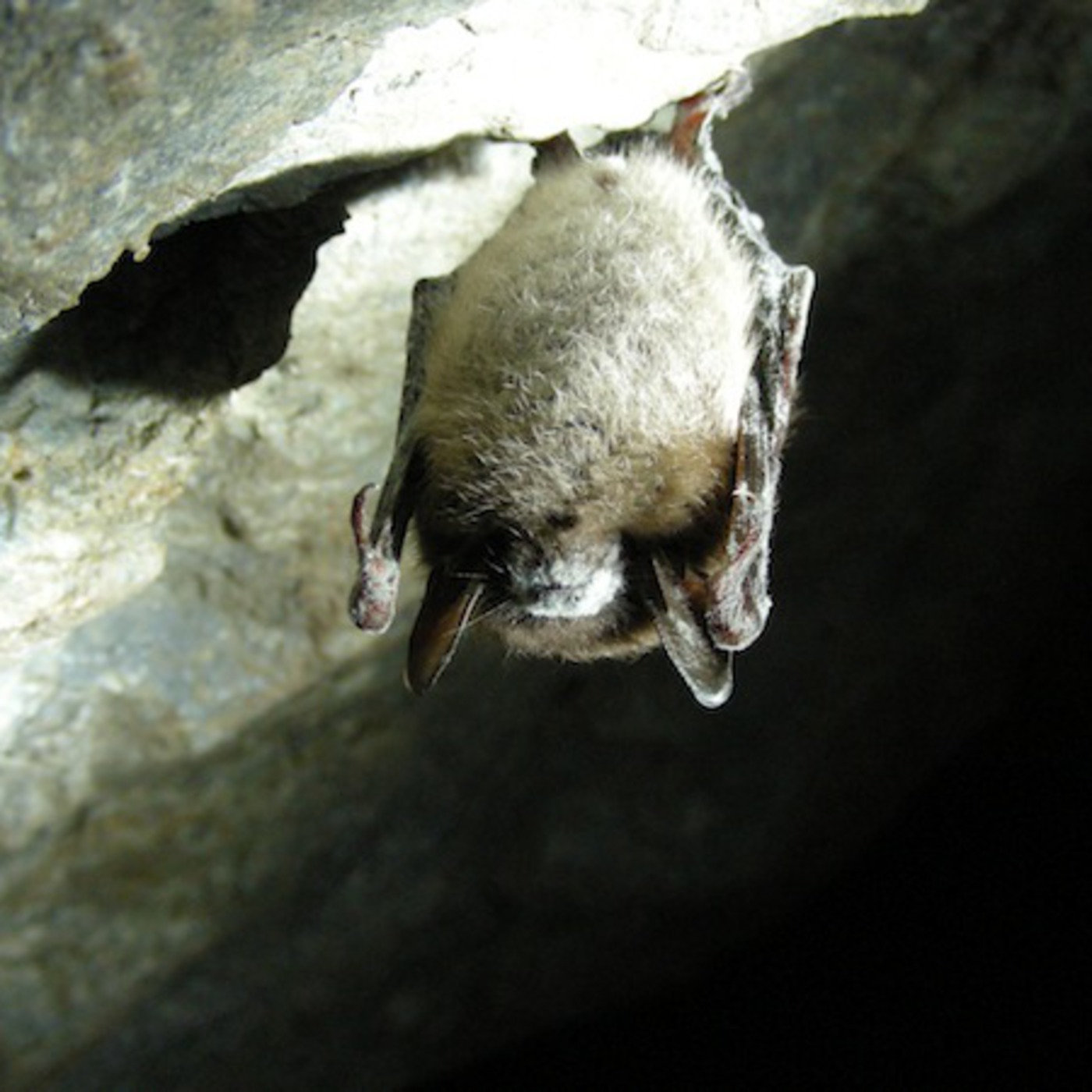 Extinctions in Near Time: Biodiversity Loss Since the PleistoceneLittle Brown Bats & White Nose Fungus by Nora TjossemDid you hear that?
That was the sound of the little brown bat - Myotis lucifugus. They’re everywhere on summer nights, and sometimes if you’re lucky, you’ll get to catch a glimpse of one as it chases mosquitoes through the trees.
But go outside right now if you want to, because it’s possible that within the next sixteen years, you won’t be hearing more than a recording. The little brown bats of North America are fighting a losing battle against an enemy we call...
Fungi?
That’s right. Or, in the scientific world, “Geomyces destructans.” This cold-loving...2011-12-1403 min
Extinctions in Near Time: Biodiversity Loss Since the PleistoceneLittle Brown Bats & White Nose Fungus by Nora TjossemDid you hear that?
That was the sound of the little brown bat - Myotis lucifugus. They’re everywhere on summer nights, and sometimes if you’re lucky, you’ll get to catch a glimpse of one as it chases mosquitoes through the trees.
But go outside right now if you want to, because it’s possible that within the next sixteen years, you won’t be hearing more than a recording. The little brown bats of North America are fighting a losing battle against an enemy we call...
Fungi?
That’s right. Or, in the scientific world, “Geomyces destructans.” This cold-loving...2011-12-1403 min